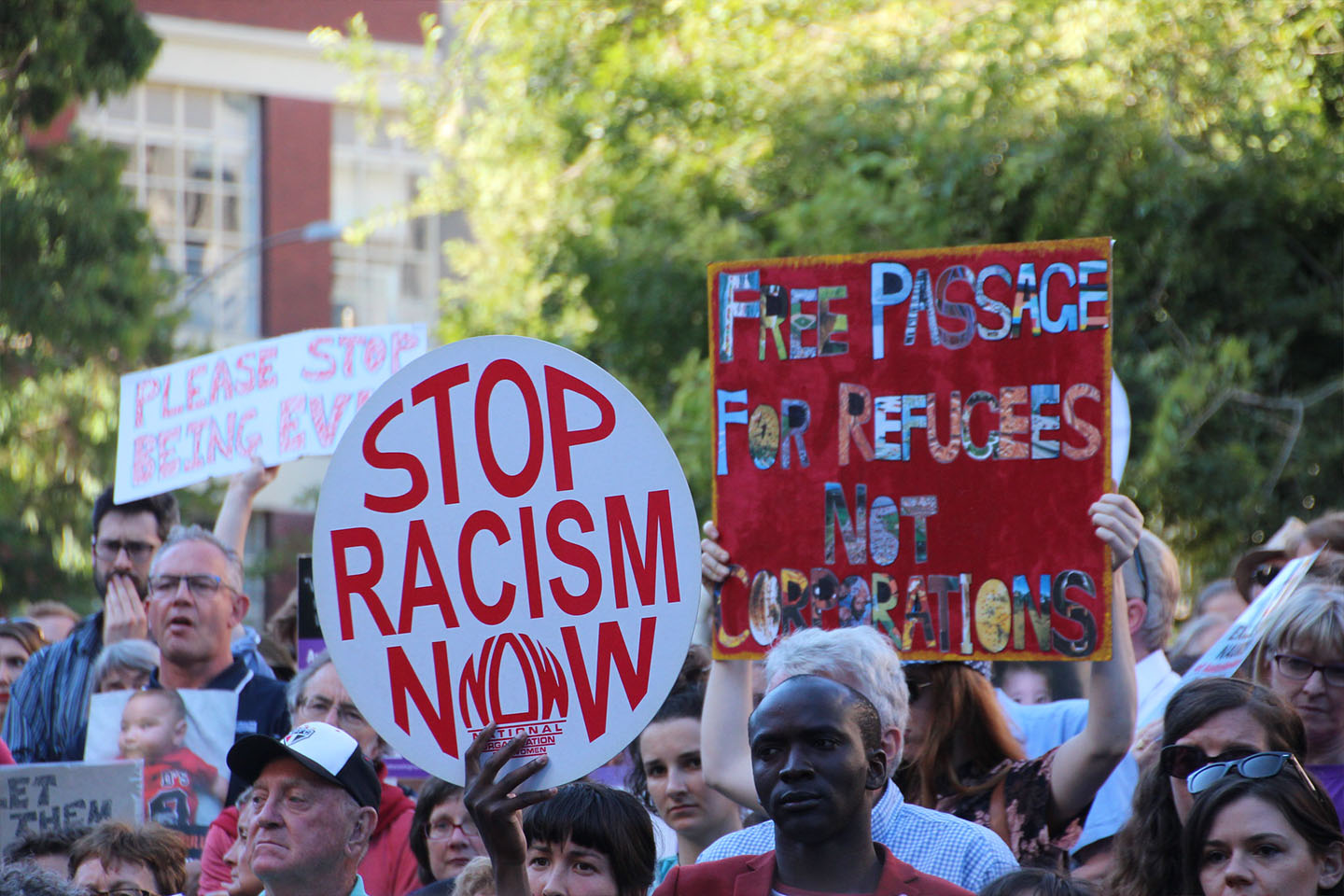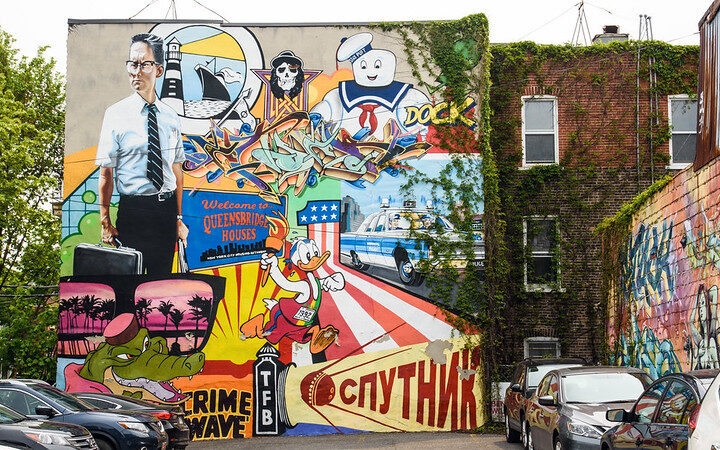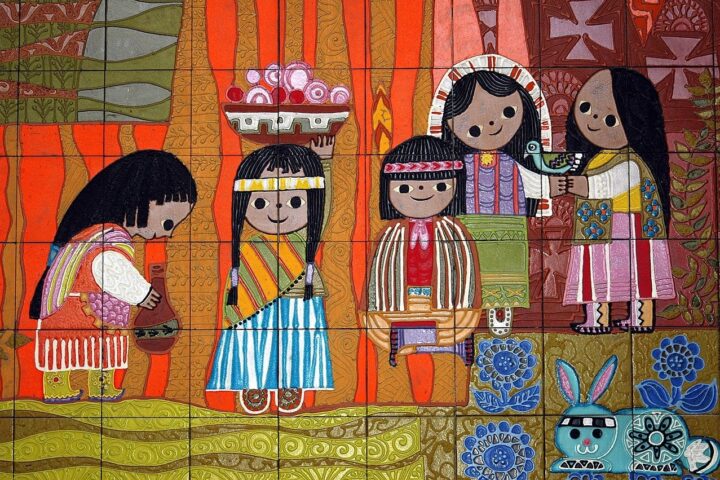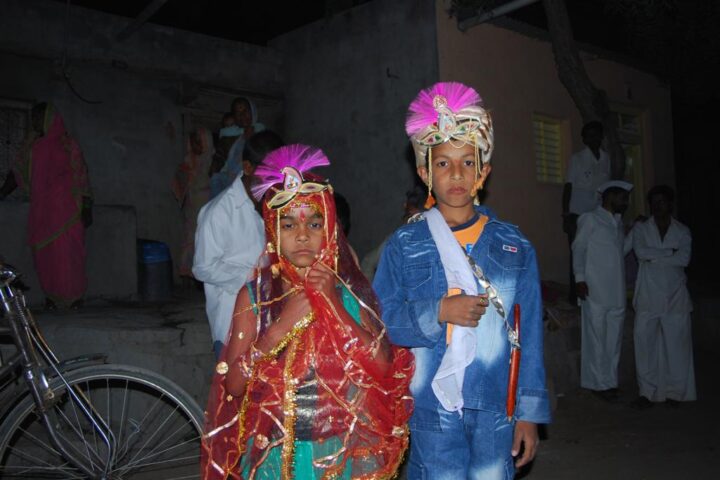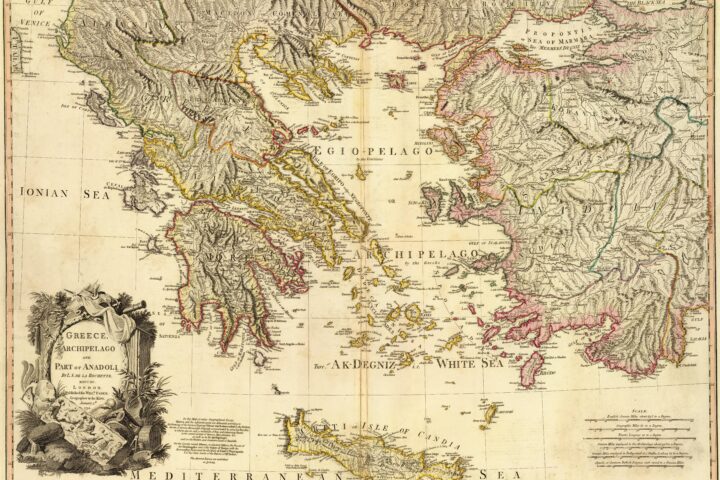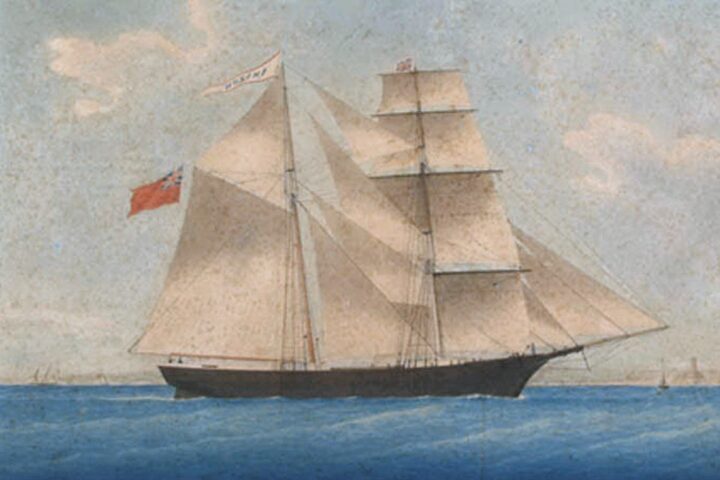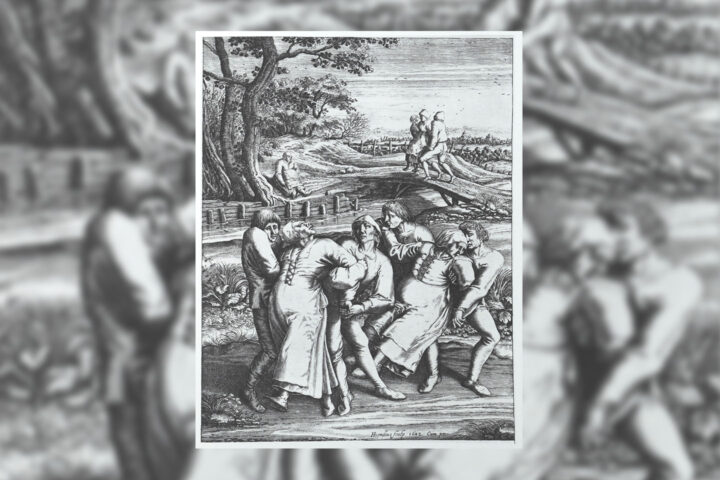Source: Flickr_one-drop-principle-racial-identity
You have probably guessed what we are going to talk about this time. That’s right! We are going to delve into one of the darkest and most complex topics in cultural history- Racism.
Racism exists as one of the biggest societal evils even today. Despite numerous attempts at thwarting this practice out of existence, it persists to this date- fueled by hatred and prejudice. The One Drop Principle is one of the many by-products of Racism and has produced much harm. Let’s talk about it.
What is the One Drop Principle?
The One Drop Principle is a method of racial profiling. It dictates that if anyone has even a bit of African ancestry, they are considered black. Let’s expand upon this and try to understand it better. Suppose you did a genetic test to find out about your ancestry and you find some parts of African ancestry. Nothing else- your age, your gender, etc.- would matter. You would be an African American. That’s it. The one drop principle literally means that just ‘one drop’ of African blood makes you African American.
It’s as simple as that. But the way this rule has been incorporated into our society and perception of identity isn’t as simple. It’s the way anyone would easily overlook this rule which makes it tricky. Everyone has the tendency to try to find out something about others or themselves in order to establish a sense of identity. So, it becomes obvious people would use this principle subconsciously or consciously to try to gauge the other person’s identity. Hence, it’s become household name if you want to study colonial history.
Other names this principle goes by are the hypo-descent rule, traceable amount rule, and one black ancestor rule.
Origins of the Principle
According to papers on this topic, it has been found that historians don’t really ask many questions about the development of this principle. If we go by records, we will see that this practice was there way before the American Civil War. At that time, anyone having less than one-eighth African ancestry was considered white! This was one of the earliest versions of this principle.
One needs to remember what went wrong in racial discrimination in the US for this situation to arise. Earlier anyone who looked black was made a slave while anyone who looked white was free. What made it tricky was the mixing of the races. As time went on and the two interacted more, the definite lines acting as the boundary between white and black were blurred. This mixing highlighted and gave prominence to one fear amongst the whites- their whiteness wouldn’t be ‘pure’ anymore! Being black was considered inferior and blackness, a contaminant.
To make these lines clear again, they required a law. They did try introducing penalties and laws against marriage between races. But this didn’t matter. The mixed population kept on growing. They then came up with a rule in 1662 in Virginia which dictated that anyone who was at least one-eighth was African American (the same principle we talked about before). This rule was adapted into many states in the US rapidly. This made it clear- if you have even a drop of black blood, you are black too!
Areas of impact
The title ‘Areas of Impact’ makes it seem like this practice was adopted into many different parts on the globe. Well. No. This practice is and has always been unique to the States. It also doesn’t apply to any group other than the African Americans. So, we will take different areas from the US into consideration and discuss how it played out in these places.
First, we have states in the US which adapted to this and adopted the rule really quickly. This list includes North Carolina, North Dakota, Indiana, Maryland, Missouri, South Carolina, and Nebraska. These places used the one-eighth rule. Other places like Arkansas, Georgia, Kentucky, Alabama, Oklahoma, Mississippi, Louisiana, Texas, and Tennessee considered anyone with “any blood of the African race in their veins” as Black.
In New Orleans, there was a multi-tier system which put the Whites on top-tier and Blacks on the lowest one. The mixed, known as the Creoles of Color, dangled in the middle. These people could enjoy freedom but not other rights as the Whites. They were also prohibited to meet and interact with Blacks. And as a result of their status, they also considered themselves superior to the Blacks.
This was how it was in New Orleans. But in other areas, the mixed weren’t so lucky. This went on for a long time until the American Civil War and some years after that. What happened to it? Is it still here? Let’s see.
Is it dead?

Source: flickr/photos/takver/24802572641
If Racism is still here, why would anyone think the One Drop Principle has died out? Many experts point out that this principle lives on in our perception and classification of current public figures like Tiger Woods, etc.
They added that many groups in society still tend to see biracial people as members of their minority parent rather than an equal from both groups. This study was conducted by showing subjects some images of biracial individuals who are half white and half some other race, and asking them to report these as either white or the other race.
Their study found that one has to be at least 68% white in order to be considered white- the other cases were almost always considered non-white. This means that the one drop principle has made its way into our brains!
Another observation was that appointing certain biracial figures- like electing Barack Obama as the president of the United States- into positions of power can help convince people to let go of such thinking. So, this means that the situation can be fixed steadily by helping such individuals get access to their rights and facilities without facing discrimination. The way I say it makes it seem so easy. But it really isn’t. It needs proper effort and enough time to actually happen.
Resources
- Rothman, J. D. (2003). Notorious in the neighborhood: Sex and Families Across the Color Line in Virginia, 1787-1861. Univ of North Carolina Press.
- How the “One Drop Rule” Became a Tool of White Supremacy. (2021, February 22). Literary Hub. https://lithub.com/how-the-one-drop-rule-became-a-tool-of-white-supremacy/
- harvardgazette. (2010, December 9). “One-drop rule” persists. Harvard Gazette; Harvard Gazette. https://news.harvard.edu/gazette/story/2010/12/one-drop-rule-persists/
- Mixed Race America – Who Is Black? One Nation’s Definition | Jefferson’s Blood | FRONTLINE | PBS. (2023). Pbs.org. https://www.pbs.org/wgbh/pages/frontline/shows/jefferson/mixed/onedrop.html
- Jordan, Winthrop D. “Historical Origins of the One-Drop Racial Rule in the United States.” Journal of Critical Mixed Race Studies, vol. 1, no. 1, Jan. 2014. DOI.org (Crossref), https://doi.org/10.5070/C811013867

